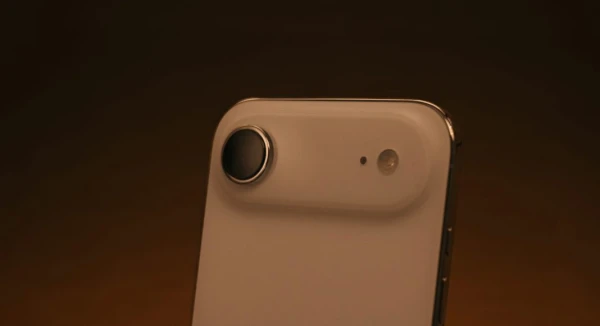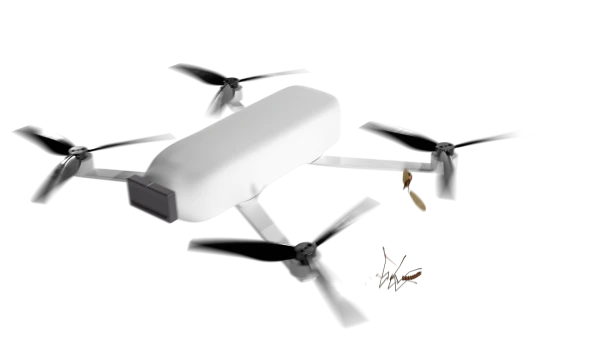
Auto expert: improper storage shortens the lifespan of winter tires.
There are three main driver mistakes that shorten the lifespan of winter tires, said expert Nikolai Pogulaev.
The first mistake, according to the expert, is improper storage. It is important to remember that the main enemy of winter tires is the sun and heat.
"Many people store their wheels on balconies or in garages where the temperature constantly fluctuates from below zero to above. Such temperature changes cause the tires to lose elasticity, crack, and turn into useless items. It is also harmful for the rubber to be stored in bags that do not allow air to circulate. As a result, the inner surface often gets covered with condensation, and the cord gradually deteriorates," Pogulaev shared.
To ensure that a set of winter tires lasts long, he recommended providing them with a dry, cool, and dark place. If there is no possibility to store the tires in a specialized storage, they should be thoroughly cleaned and hung on hooks or laid horizontally, the expert noted.
The second mistake he identified is aggressive driving, explaining that even strong and high-quality rubber cannot withstand regular drifting on asphalt.
"Frequent wheel spins, sharp starts, and braking can lead to the studs coming out. The more grip on the asphalt, the greater the load on the seating nests," the auto expert noted.
"The third mistake is the lack of break-in. New winter tires must be broken in. During the first 700 kilometers of driving, the studs will finally settle into the tire. If sharp maneuvers are made during this time, the studs will not sit in their nests. As a result, after just a month, only two-thirds of the set of studs may remain in the tires. A moderate speed of up to 80 kilometers per hour is sufficient for break-in, with smooth starts and smooth braking," the expert explained.
Tires are harmed not only by heat but also by sharp temperature fluctuations, Pogulaev pointed out. When a car stands in the cold all day and then suddenly enters a new environment and warms up in a warm shopping center parking lot, the rubber compound experiences stress, the interviewee illustrated. He recommended avoiding such scenarios as much as possible.
Additionally, according to the expert, it is especially important to periodically check the tire pressure in winter, as under-inflated tires overheat and wear out faster.
"It is also worth paying attention to balancing and alignment. Even a minimal deviation in wheel alignment angles leads to uneven tread wear. Carry out these procedures during seasonal tire fitting," Pogulaev concluded.













